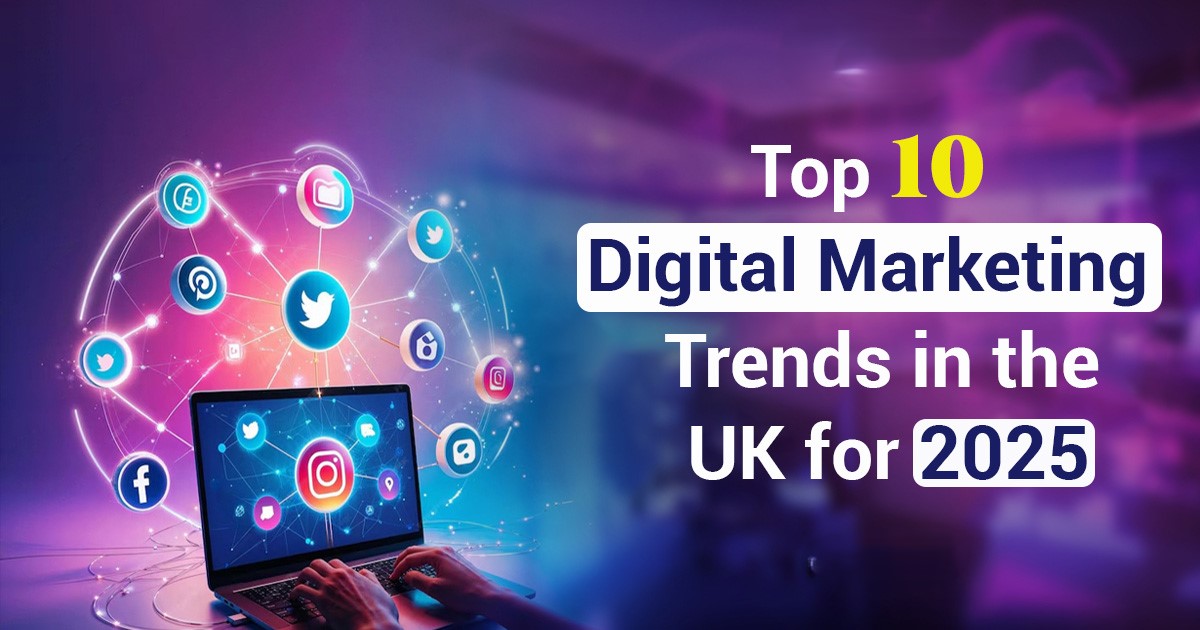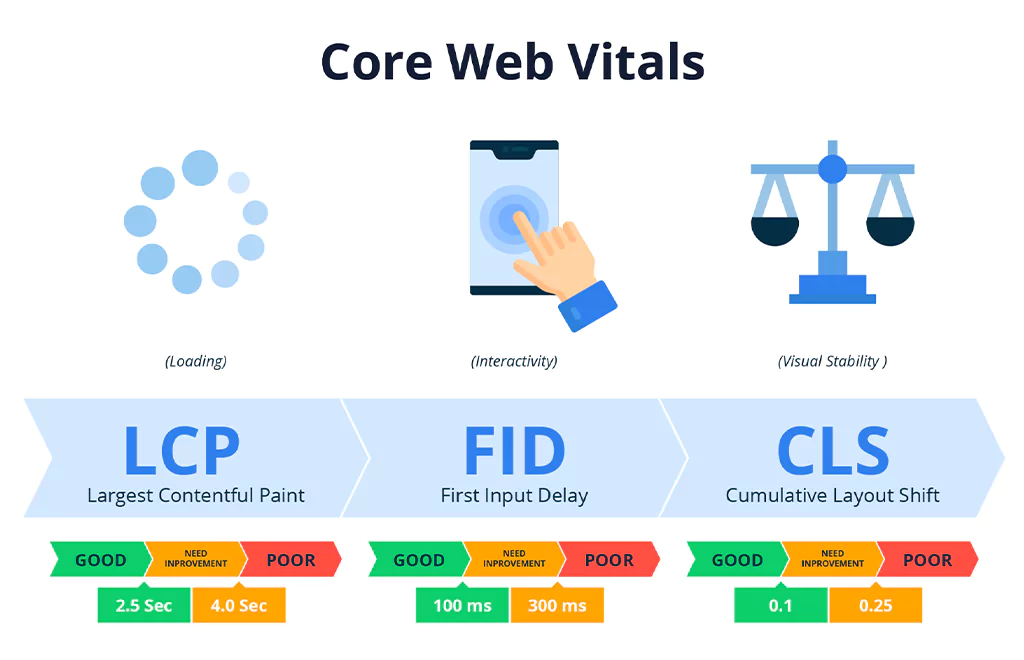1. Embracing AI and Automation
Artificial Intelligence (AI) and automation are revolutionizing digital marketing trends for 2025. From chatbots handling customer inquiries to automated email campaigns, these technologies enhance efficiency and personalization. Businesses leveraging AI can analyze vast data sets to understand customer behavior, enabling more targeted marketing strategies.
2. The Rise of First-Party Data
With increasing privacy concerns and regulations, first-party data has become invaluable. Collecting data directly from customers through interactions on websites or apps ensures accuracy and compliance. This data helps in creating personalized experiences without relying on third-party cookies.
3. Short-Form Video Content Dominance
Platforms like TikTok and Instagram Reels have popularized short-form videos. These bite-sized contents are engaging and easily consumable, making them perfect for capturing audience attention. Brands are investing more in creating concise videos to convey their messages effectively.
4. Voice Search Optimization
As smart speakers and voice assistants become commonplace, optimizing content for voice search is crucial. This involves using natural language, focusing on question-based queries, and ensuring quick-loading mobile-friendly websites.
5. Interactive Content Engagement
Interactive content like polls, quizzes, and interactive infographics boosts user engagement. Such content encourages active participation, leading to higher retention rates and better user experience in digital marketing trends for 2025.
6. Influencer Marketing Evolution
Influencer marketing continues to grow, with a shift towards micro and nano-influencers. These influencers have smaller but highly engaged audiences, offering brands authentic connections and higher ROI.
7. Personalization at Scale
Personalized marketing is no longer optional. Using data analytics, brands can tailor content, product recommendations, and offers to individual preferences, enhancing customer satisfaction and loyalty.
8. Sustainability and Ethical Marketing
Consumers are increasingly valuing sustainability and ethical practices. Brands showcasing their commitment to environmental and social responsibility resonate more with modern audiences.
9. Augmented Reality (AR) Experiences
AR technology offers immersive experiences, allowing customers to visualize products in real-world settings. Retailers use AR for virtual try-ons, enhancing the shopping experience and reducing return rates.
10. Conversational Marketing
Conversational marketing involves real-time interactions with customers through chatbots or messaging apps. This digital marketing trends for 2025 approach fosters immediate engagement, answers queries promptly, and guides customers through the sales funnel efficiently.










